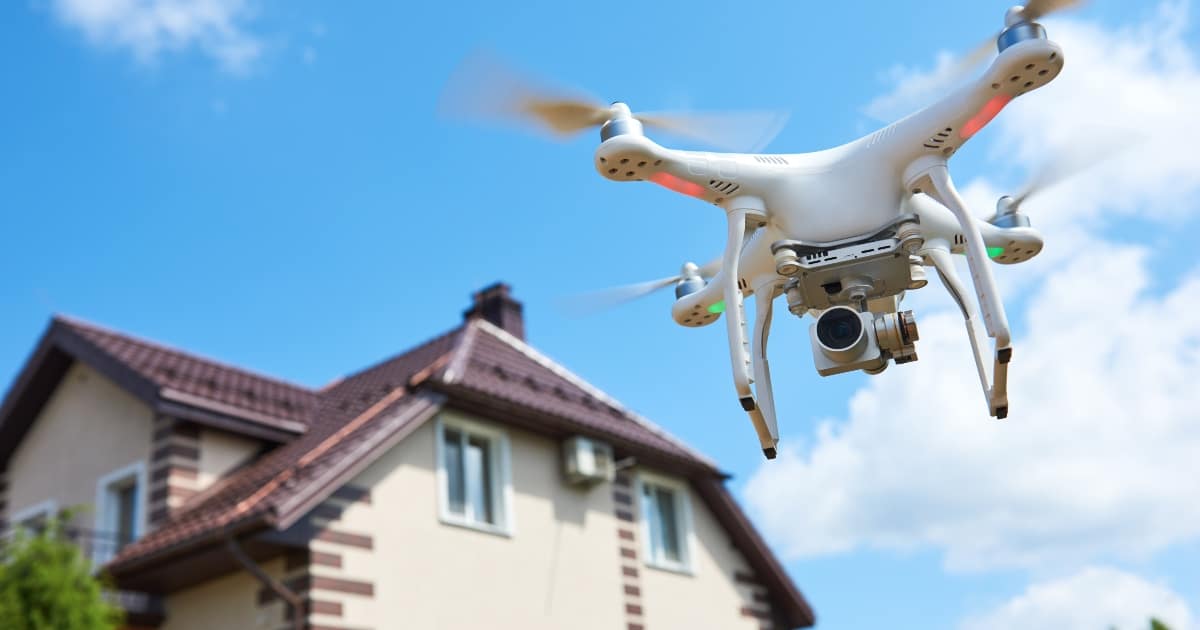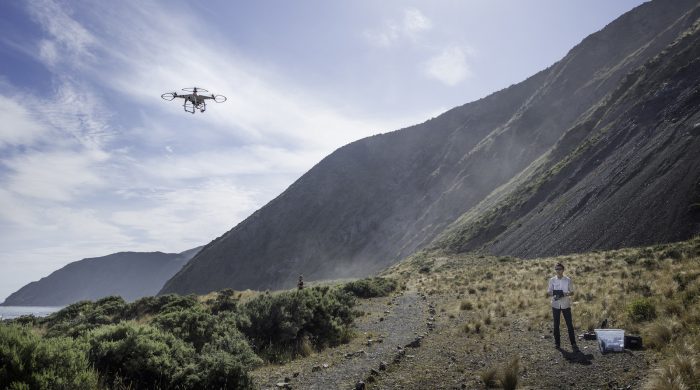AirMap is probably one of the more popular apps that many UAS pilots use to determine airspaces and obtain LAANC approvals.
Unfortunately, most folks don't know that AirMap is working against the drone industry (USA).
That's right, the people at AirMap are supporting harmful legislation that, if enacted, will be detrimental to both the hobby and commercial drone industry.
AirMap and their co-founders have been supporters of two things: 1) The "patchwork of laws" scenario, where municipalities will be able to control airspaces below 400 feet and 2) The Tort Law Relating to Drones (Uniform Law Commission).
The "patchwork of laws" basically would allow for a variety of airspaces that municipalities and other entities could create. Imagine living in an area like Dallas where little cities are all connected to each other, and every few miles having a completely different set of airspace rules and permits to go along with that.
The Tort Law Relating to Drones would allow for property owners to file civil litigation against any drone pilot who "trespasses" by air over their property. Again, an effort to basically take the NAS and give it to anyone they want. And, allowing someone to sue you for photography that includes their property in any shape or form.
These reasons are why I constantly preach against AirMap and their co-founders (especially Gregory McNeal). These people, despite their outward appearance of supporting drone operators, are working behind the scenes to control it much to detriment of drone pilots across the USA.
If you're seeking alternatives to LAANC and airspace information, some good alternatives include Kittyhawk and Skyward.io. It should be noted that Kittyhawk and DJI recently separated themselves from AirMap.
It's your choice if you wish to continue using AirMap. But just remember if you do, you are supporting a company who does not have your best interests in mind.
Links:

 uavcoach.com
uavcoach.com

 techcrunch.com
techcrunch.com
 www.rjionline.org
www.rjionline.org

Unfortunately, most folks don't know that AirMap is working against the drone industry (USA).
That's right, the people at AirMap are supporting harmful legislation that, if enacted, will be detrimental to both the hobby and commercial drone industry.
AirMap and their co-founders have been supporters of two things: 1) The "patchwork of laws" scenario, where municipalities will be able to control airspaces below 400 feet and 2) The Tort Law Relating to Drones (Uniform Law Commission).
The "patchwork of laws" basically would allow for a variety of airspaces that municipalities and other entities could create. Imagine living in an area like Dallas where little cities are all connected to each other, and every few miles having a completely different set of airspace rules and permits to go along with that.
The Tort Law Relating to Drones would allow for property owners to file civil litigation against any drone pilot who "trespasses" by air over their property. Again, an effort to basically take the NAS and give it to anyone they want. And, allowing someone to sue you for photography that includes their property in any shape or form.
These reasons are why I constantly preach against AirMap and their co-founders (especially Gregory McNeal). These people, despite their outward appearance of supporting drone operators, are working behind the scenes to control it much to detriment of drone pilots across the USA.
If you're seeking alternatives to LAANC and airspace information, some good alternatives include Kittyhawk and Skyward.io. It should be noted that Kittyhawk and DJI recently separated themselves from AirMap.
It's your choice if you wish to continue using AirMap. But just remember if you do, you are supporting a company who does not have your best interests in mind.
Links:

Backlash Against ULC Proposal to Ban Drones from Flying Below 200 Feet
ULC attempts to ban drones from flying below 200 feet above private property. Drone industry leaders pen letter in opposition to proposed law.

The biggest threat to drone innovation is a group you’ve never heard of | TechCrunch
A little-known but highly influential group of attorneys from across the country will soon meet in Detroit and could change our skies forever. They claim their draft model legislation concerning drones will help protect privacy. However, their actions could have far-reaching effects on...
A tussle over airspace. Could news drones be collateral damage? – RJI

A new proposed law would turn drone journalism into a swarm of lawsuits and make it easy to sue over news photography
Imagine if a news photographer at a football game had to get permission from every single person in the stadium before taking a single shot — or else face hundreds of civil lawsuits. That's what new model legislation wants to bring to public airspace.
www.niemanlab.org












